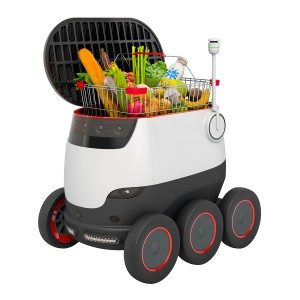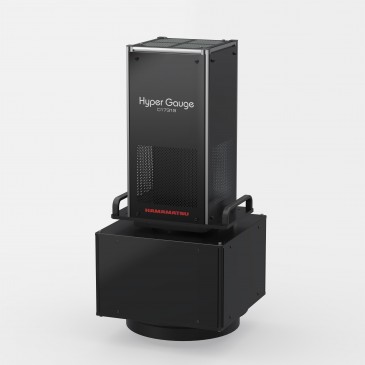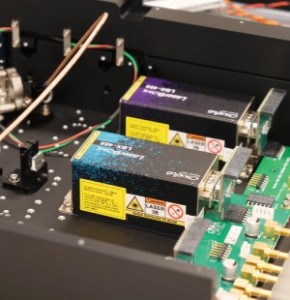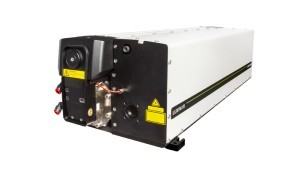
Global autonomous last mile delivery market was valued at US$12,033.3 million in 2021 and is projected to reach at a market value of US$1,19,151.5 million by 2031, according to a report by Visiongain.
Some of the factors that are expected to positively influence use of autonomous vehicles for last mile delivery include the growth of the e-commerce industry and the need to reduce cost of last mile delivery operation. Technological progress made in UAVs, cargo drones and autonomous ground delivery is expected to boost demand for autonomous last mile delivery services.
Visiongain has anticipated four scenarios for the autonomous last mile delivery market to recover over the forecast period, namely, V, U, W, and L. The COVID-19 pandemic also provided necessary boost to the market that enabled entry to companies to test their services in particular areas, especially, for the delivery of critical supplies. The COVID-19 pandemic also gave rise to several organic & inorganic growth strategies adopted by companies in 2020 and 2021. Technological advancements coupled with lockdowns imposed over countries prevented last mile delivery service with human contact. This gave rise to deployment of autonomous systems that were already in the development phase.
What are the Market Drivers?
- Technological Advancements in Drones and Unmanned Ground Delivery Vehicles
The latest high-tech unmanned vehicles are equipped with collision avoidance systems made up of obstacle detection sensors such as vision sensor, ultrasonic, infrared, lidar, time of flight (tof), and monocular vision that scan the surroundings, while software algorithms and SLAM technology produce the images into 3D maps allowing them to sense and avoid obstacles. Drones also come with a Return to Home technology which is initiated if the pilot presses the return home button on the controller, or in case of low battery levels wherein the UAV will automatically fly back to the home point.
- Availability of Low-Cost UAV’s to Deliver Light Weight Packages
The advancement in drone-control technology allows operators to deploy and operate an extensive range of low-cost drones even with a relatively minimal technical background. Unmanned aerial vehicles (UAVs) have a more comprehensive range of movement, can fly lower in all directions as well as navigate effortlessly when contrasted to a manned aircraft. UAVs are much cheaper than UGVs or even large trucks and delivery vans. The common delivery drones being used by the companies for delivering parcels include Wing delivery drones, Matternet M2 parcel delivery drone, Wingcopter 178 Heavy Lift delivery drone, Rakuten Tenku delivery drone, Condor parcel delivery drone, Zipline autonomous delivery drone, and Flirtey delivery drone.
Where are the Market Opportunities?
- Advent of IoT and Big Data Analytics to Benefit Autonomous Logistic Operations
With the application of big data in transportation and overall logistics management, companies can hugely benefit from the technology. Big data logistics can be used to optimize routing procedures, streamline factory functions, and give transparency to the entire supply chain. According to the 21st Annual Third-Party Logistics (3PL) Study, 81% of shippers and 86% of 3PLs said that using big data is expected to become a core competency of their supply chain organizations. According to DHL big data and automation technology can lead to optimization in manufacturing, logistics, warehousing, and last-mile delivery.
Competitive Landscape
Some of the companies profiled in the report includeAirbus Group SE, Altitude Angel, Cheetah Logistic Technology, Drone Delivery Canada Corp., DroneScan, Flirtey Inc., Flytrex Inc., Hardis Group, Matternet Inc., Skycart Inc., Starship Technologies Inc., Unsupervised.AI, Wing Aviation LLC, Workhorse Group Inc., and Zipline International Inc.Companies are entering into expansions & investments and collaborations & partnerships to ensure lasting relations in mainly in the retail & medical sector.
-
In March 2021, Zipline used its drone service to deliver COVID-19 vaccines. This was the first time in the West African nation, where the medicine reached remote areas that were underserved by traditional logistics. As a result, the Ghana’s government tapped Zipline to deliver the first vaccines supplied to Africa by the COVAX initiative, a project launched with the help of the World Health Organization (WHO) to ensure that developing countries have access to COVID-19 vaccines.
-
In January 2020, Matternet along with UPS and conducted a new test program that was inaugurated at UC San Diego’s Jacobs Medical Center, where Matternet drones operated by UPS flew blood samples and other items to and from other nearby facilities.
In September 2020, The Save Mart Companies announced its plans to launch an on-demand grocery delivery service partnership with Starship Technologies. Save Mart is the first grocer in the U.S. to partner with Starship Technologies. Starship robots can carry up to 20 pounds of groceries and can travel four miles roundtrip to provide a safe, low-cost, and contactless delivery alternative for Save Mart shoppers, allowing them to order thousands of items via the Starship Food Delivery app for on-demand delivery straight to their door.




































 Back to News
Back to News



























